Pilgrimage of Sarajevo is a story that originates long before globalization and the onset of tourism, before it was a marketing gimmick for a city to have a catchy nickname, Sarajevo was known as European Jerusalem, a name introduced by its Jewish residents. There are numerous customs that testify to the fact that this is more than just a name and that Sarajevans are shaped by different religions and cultures. Certainly, one of the reasons to visit Sarajevo is not just to see the old building but also live traditions.
One such tradition is burying people of different religions and those without any religious affiliation together. This is noticeable from the different colors and shapes of tombstones in the same cemetery. One practice is known as the Sarajevo pilgrimage and it is common to Sarajevans in general, no matter their religious background. It consists of visiting three holy places in the city in order to increase one’s chances of success for a particular event or to propitiate God in three different traditions. Many of our Sarajevo tours are covering spots from this pilgrimage.
Yedileri Mausoleum
This Sarajevo Tour starts from the Jedileri mausoleum, a sight known as “the seven brothers” (Turkish yedi – seven). It is a place where seven different people living in different historical periods were wrongfully killed were buried. In 1815 Suleyman Pasha Skopljak ordered the construction of a mausoleum with seven windows. People were reporting that on some nights a noticeable light was appearing above the graves.
It is believed that good people, “evliyas” had a certain aura around them which remained about their graves even after their deaths. If a sick person wanting to be better or someone hoping for a good outcome of a specific future event visits the mausoleum the way of doing it would be to take one road to get to the sight, place a coin in each one of the windows while saying a prayer and return using a different way. The first thing they would hear from strangers on the street while returning from the tomb would be a message or the answer they were asking for.
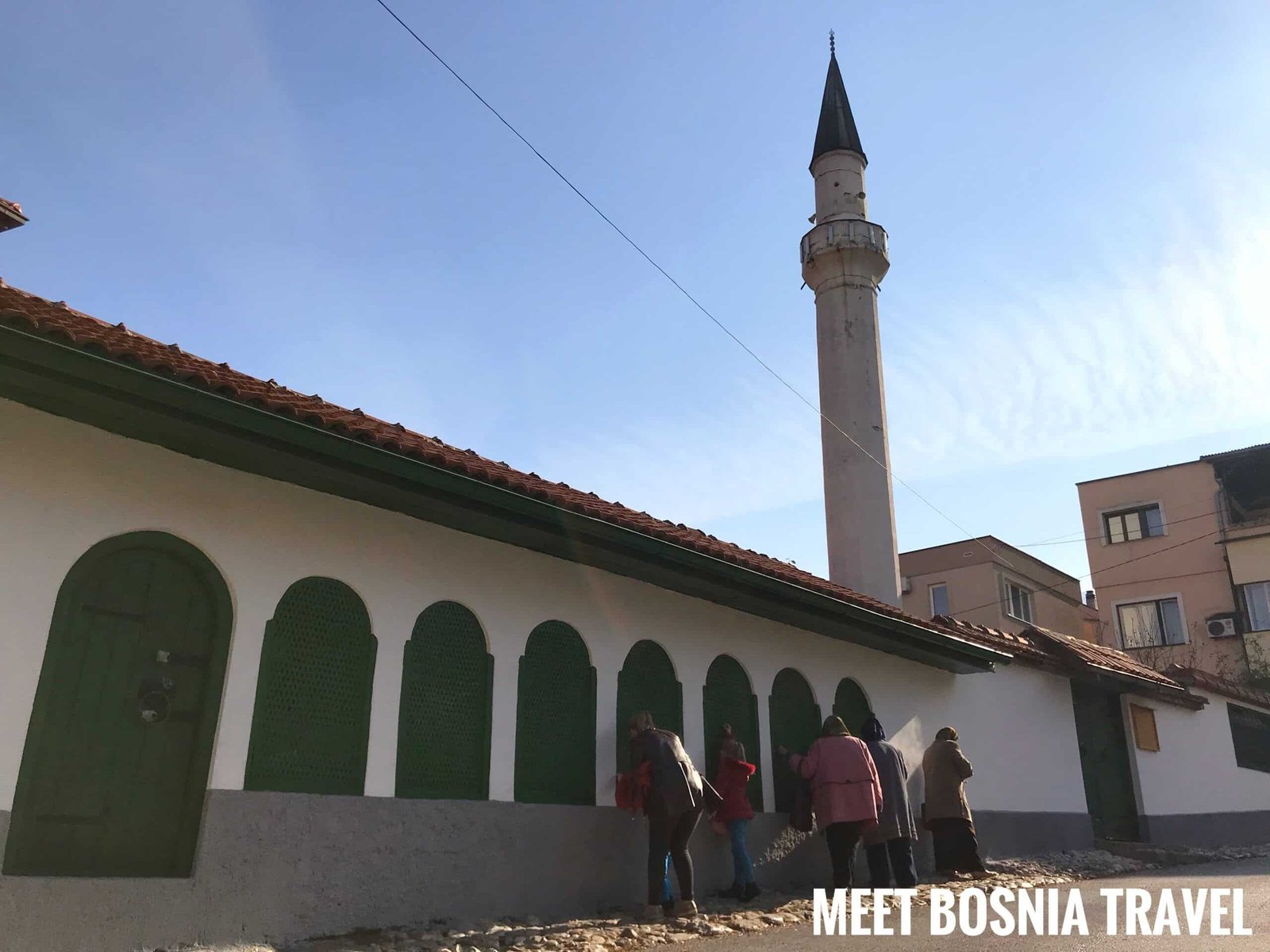
The Church of St. Anthony
In order to complete the pilgrimage tour, it is necessary to visit the Catholic church of St. Anthony in Bistrik and the Old Orthodox church in Bascarsija. The St. Anthony church is located in a neighborhood once known as the Latin quarter (latinluk) where the Catholics of Sarajevo used to live.
The custom there is to give a contribution to the church or to light a candle whilst saying a prayer. Traditionally the prayer and its exact sentences are not as important as that the prayer should be “from the heart”. The St. Anthony church is also known as the people’s church as even the non-Catholics of Sarajevo are known to visit this holy place.
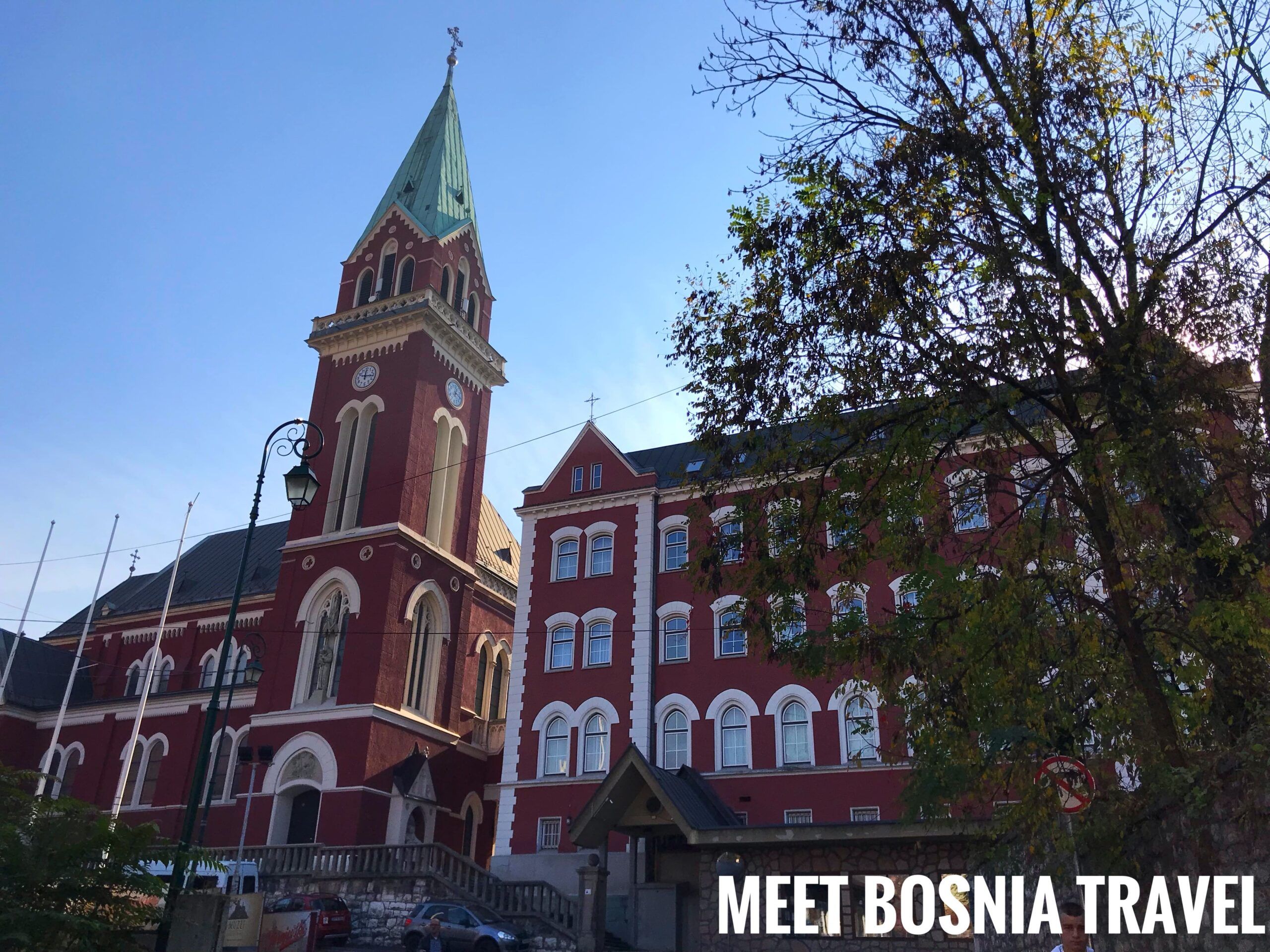
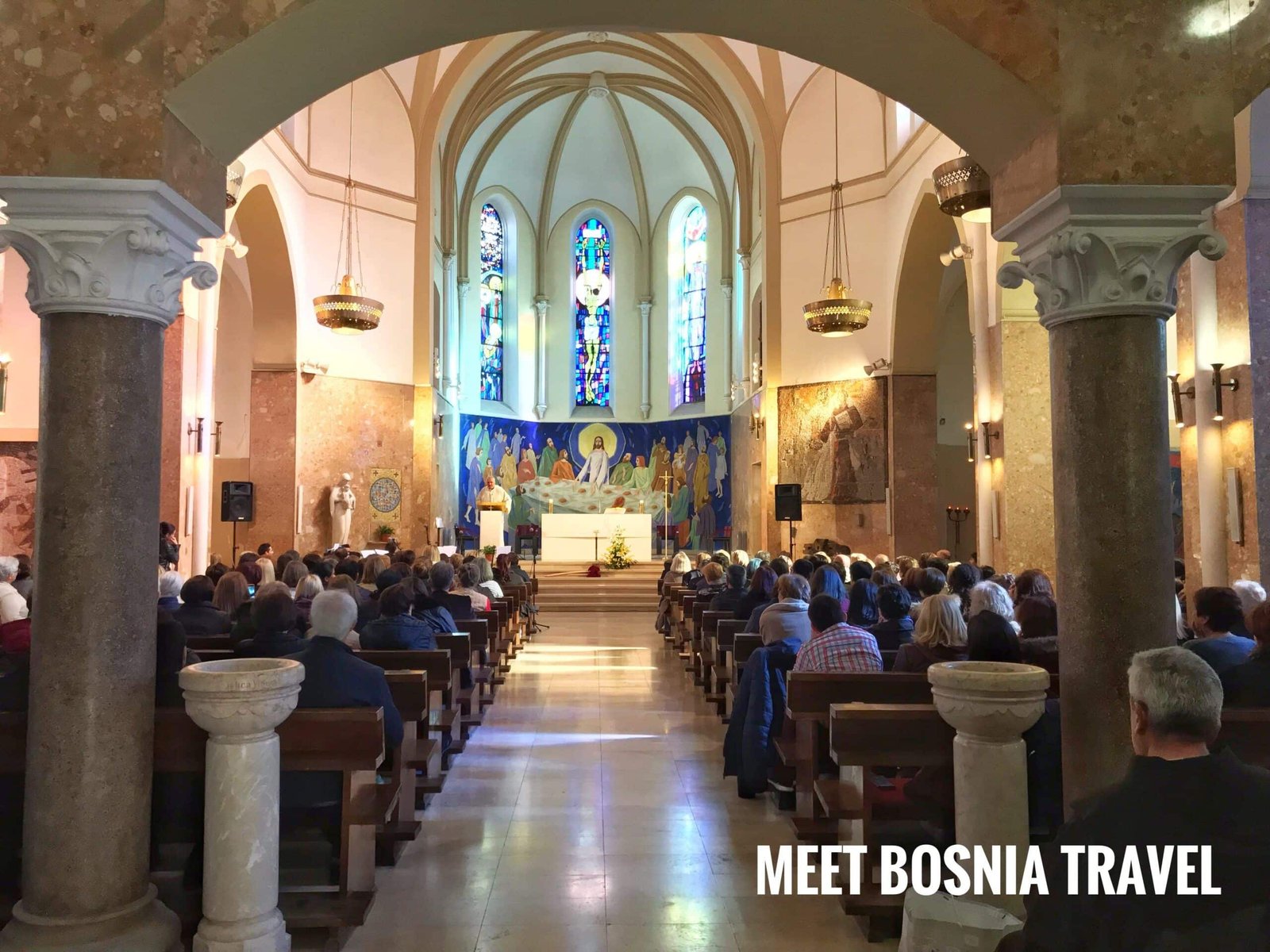
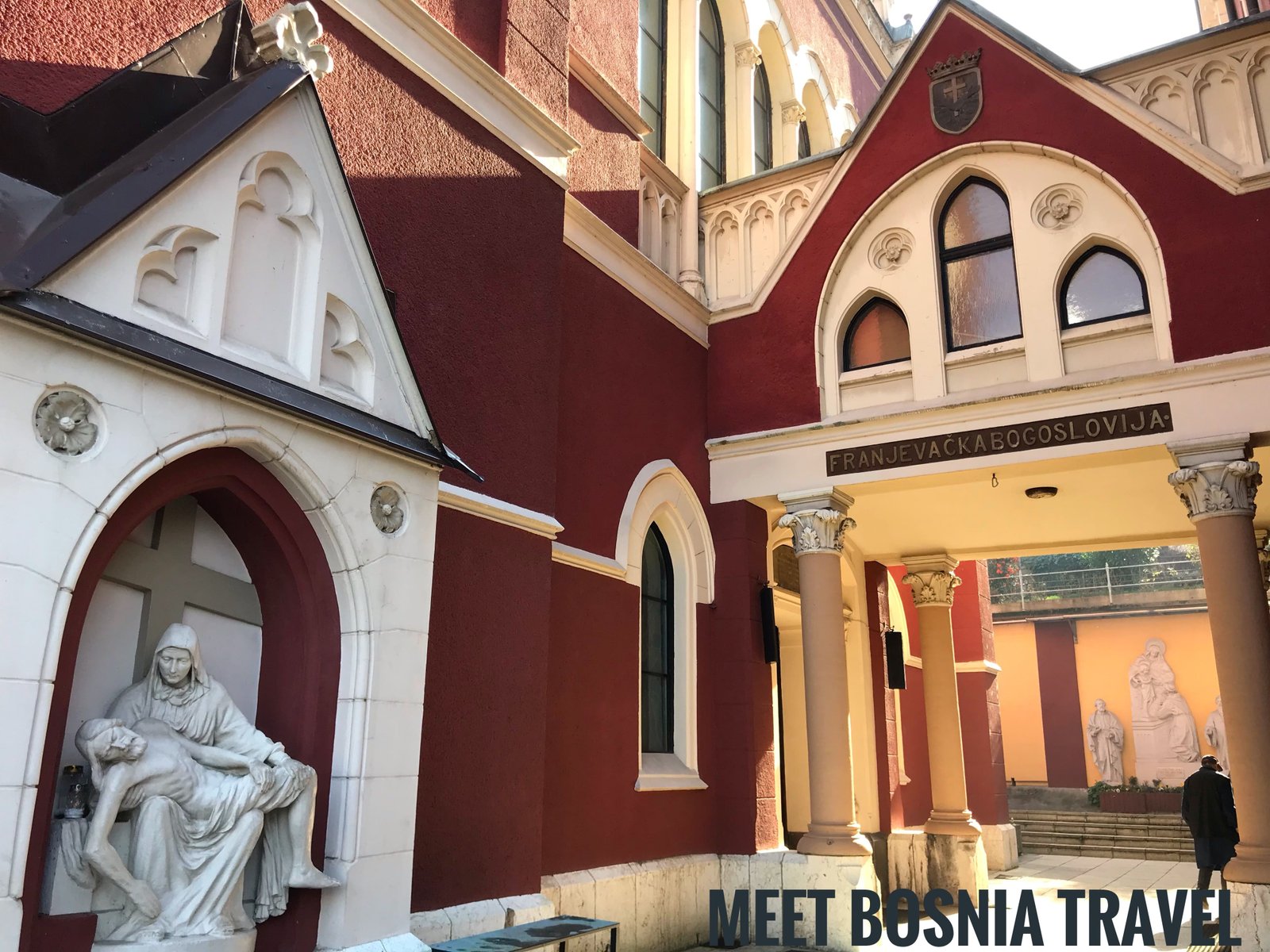
The Old Orthodox Church
The last place to visit is the Old orthodox church of archangels Gabriel and Michael. The way of visiting this church is similar to the Catholic one with the exception that on the second floor of the church is a casket with a holy child. Many centuries ago a child died and was buried close to the church. Decades later some construction work was being done around the same area and the body of the child was found intact.
While you are on your Pilgrimage of Sarajevo tour, we recommend you to check out our “Top 7 unique things to do in Sarajevo” article. It will be helpful and thanks to it, you will create more beautiful memories in Sarajevo.
The people reported that the body was not decomposing so it was considered to be holy and was placed in a casket that is still inside the church. One of the beliefs is that passing underneath the casket helps barren women or those experiencing problems with pregnancy.

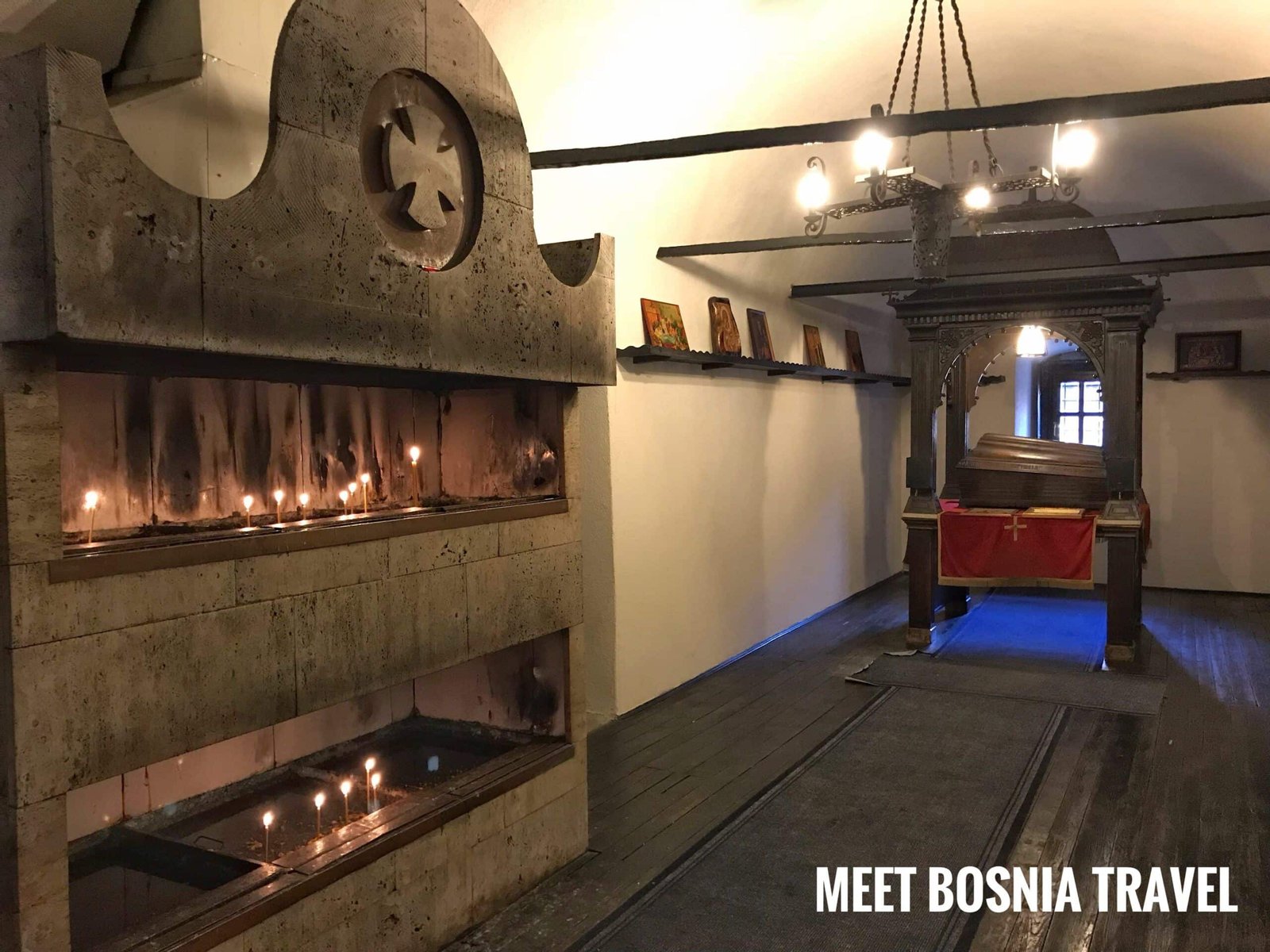
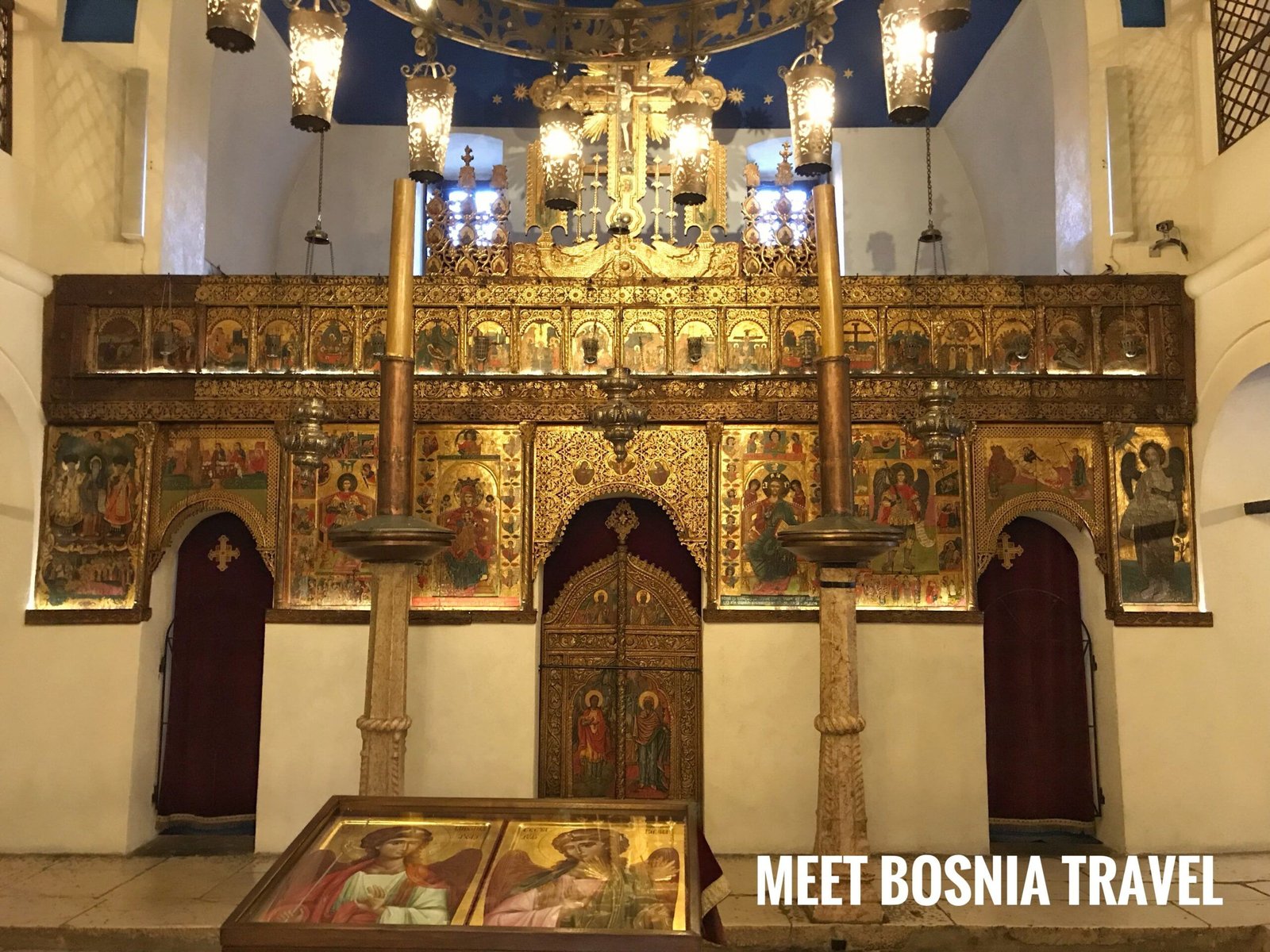
Visit Sarajevo and Experience Longstanding Traditions
Certainly, it is tempting for a modern man to discard these customs as primitive prejudice entrenched in people’s ignorance but doing so would be overlooking an integral part of such a belief. The fact remains that people with distinct identities and belief systems which produced great cultures have learned to live not just side by side in a shared micro-cosmos but together, something which became globally accepted only recently.
Finally, Meet Bosnia´s Sarajevo Free Walking Tour takes you to many of these Pilgrimage of Sarajevo locations in the city as the guides explain their significance and tell you the related local stories.
Follow us on our Facebook and Instagram accounts where we regularly post our activities or get in touch with us and we will be your tour guides while you are traveling through Sarajevo and Bosnia and Herzegovina. Looking forward to hearing from you!
